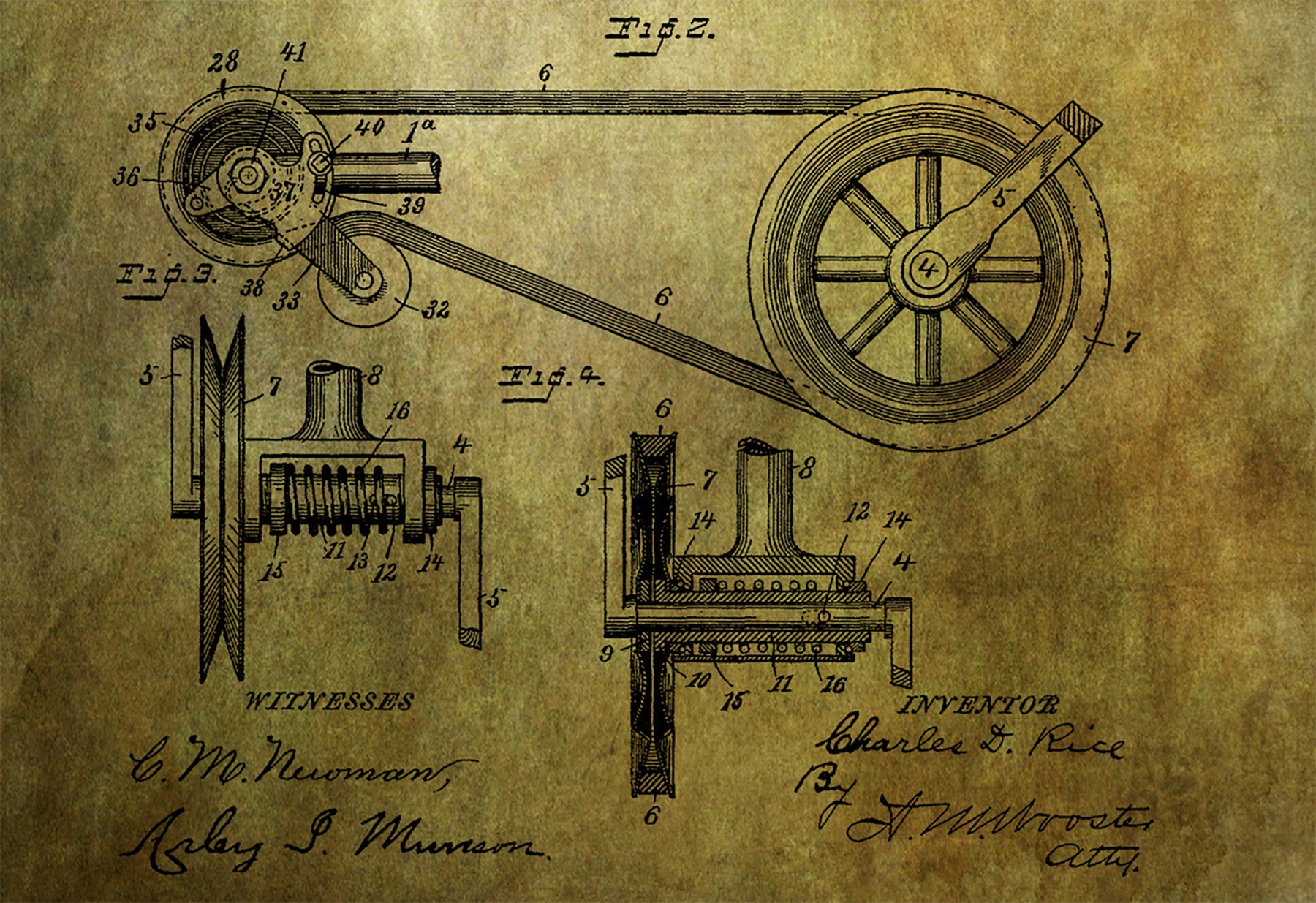
By Essenese Obhan
By Aparna Kareer
By Sumathi Chandrashekaran
EsseneseObhan, Aparna Kareer and SumathiChandrashekaran of Obhan and Associates review India’s requirements on the working of patents, in particular for imported inventions, and consider the impact on compulsory licenses
A recent notification issued by the Indian Controller General of Patents asked all patent holders to comply with the statutory requirement of submitting a statement of working of their patents for the proceeding calendar year, 2009. This appears to be the first instance of attempting to enforce the working requirement by the Indian Patent Office. Unsurprisingly, the notification has instantly set off a lengthy and continuing debate on the issue, with particular concerns over whether importation of patented inventions meets working requirements.
Indian legislation is explicit in its intention to grant patents not merely to “enable patentees to enjoy a monopoly for the importation of the patented article”, but “to secure that the inventions are worked in India on a commercial scale and to the fullest extent that is reasonably practicable without undue delay”. The Patents Act goes further to say that “the protection and enforcement of patent rights contribute to …technological innovation…the transfer and dissemination of technology, to the mutual advantage of producers and users of technological knowledge, and in a manner conducive to social and economic welfare, and to a balance of rights and obligations” (SB3(b), and (c), Indian Patents (Amendment) Act, 2005)
Towards this end, the Act requires every patentee and every licensee (whether exclusive or otherwise) to provide information on the extent to which the” patented invention” has been worked on a commercial scale in India {s146(2)}. In cases where the patent has been worked in India, the patentee/licensee is required to provide the quantum and value of the patented product as manufactured in India; and as imported from other countries, with country-wise details.
The confidentiality of informationsubmitted as part of the statement of working is a key concern. There are those who believe that the information submitted, for example, the quantum and value of a patented invention as worked, is of a sensitive nature and may be misused to the disadvantage of patent holders. Patent holders. Patent office practice, though, both past and present, suggests that the information may be accessible to all.
This brings us to the second, more frequently articulated concern, namely, how the act of importation of an invention plays out in the context of working a patent. This appears to be the case especially with foreign entities holding patents in India, for whom entering the jurisdiction as manufacturers may be a proposition that does not make good business sense. It is true that importing the patented product or a product obtained by a patented process prima facie satisfies the working requirement. At the same time, it is evident that continued working by mere importation may result in a weakening of patent rights and thus may become a cause of concern for patent holders. As statute suggest, both compulsory licensing and revocation are plausible consequences of mere importation. However, more immediate that the threat of either compulsory licensing or revocation, is the implication of exclusive importation on the enforcing of a patent, particularly in the context of attempting to obtain an injunction against infringers.
WORKING BY IMPORTATION
The statement of working, as required to be submitted in Form 27 of the Patents Act, includes importation as one of the components of working, in addition to domestic manufacture. This clearly importation as one of the components of working, in addition to domestic manufacture. This clearly suggests that working a patent in the Indian context is not merely about manufacturing in India and in fact, embraces other avenues to allow patent holders to introduce the patented invention in India. At the same time, there appears to be some fog over whether or not importation sufficient to demonstrate working. There are at least three ways importation becomes relevant in relation to working a patented invention: in deciding the grant of interim injunctions in infringement suits; in granting compulsory licenses; and in adjudicating upon revocation matters.
INTERIM INJUNCTIONS
Judicial precedent shows that the working or non-working of a patent has been a determining factor in patent infringement suits to decide where the balance of convenience lies. This suggests that if patent holders are to be concerned with the consequences of not working their patented inventions, or of merely importing inventions into India, then their concern ought to be in facing prospect of weakened rights of enforcement in the jurisdiction rather than anything else.
General principles of enforcement are well-established in this regard, but even so practitioners like to return time and again to that classic case of Franz XaverHuemer v New Yash Engineers (AIR 1997 Delhi 79), where a Division bench of the Delhi High court refused to grant a temporary injunction in an infringement suit to a patentee who had failed to show any use of the patented invention in India. More recently, in an Asian Electronics Ltd v Havells IndiaLtd (judgement delivered on April 19 2010), citing the same precedent, the Delhi high Court suggested that if a product were only imported, or if it were not sold widely in India, the court should be cautious in granting an injunction.
It is pertinent to note here that in cases involving infringement in India, Intellectual property litigation often hinges on the grant or otherwise of a temporary/interim injunction. Invariably, it is such an interim decision of a court that decides the enforcement of a patent. Once an interim application is adjudicated upon, the suit usually gets list in the quagmire of the Indian judicial system, from which it may take year to emerge, leaving the potency of the IP or patent right considerably diluted.
COMPULSORY LICENCES
Relevant to this discussion is S84 of the Act, which deals with compulsory licenses generally, but also makes a passing reference to importation. One of the grounds to apply for a compulsorylicense against a patent is if reasonable public requirement has not been satisfied. S84 (7)(e) of the Act clarifies that reasonable public requirement is not met, inter alia, if the importation of a patented invention prevents or hinders the working of a patented invention on a commercial scale in India.
This provision does not deal with importation directly. Instead, it appears to be directed towards the consequences of importing a patented invention into India. Specifically, it refers to the lack of access that such importation may bring about, either in terms of insufficient quantity, or unaffordable costs of the (imported)patented invention. When read macroscopically, importation essentially becomes an issue in India Patent law with regards how it affects cost and availability.
This provision also sheds some light on the details of quantum and value of the patented invention, which are to be provided in the statement of working. There is no statutory definition of value of the patented product in the Act. However, there is the implied suggestion in statute as well as in practice that value refers to the sales price of the patented invention. For instance, S83(g) of the Act speaks of the making of patented inventions available at reasonably affordable prices to the public, in the larger context of general principles of working. A recent decision of the Intellectual Property Appellate Board (Novartis V Union of India, Application Number 1602/MAS/1998, order Number 100/2009 IPAB) also substantiates this position, to the extent that it refused a patent in part for reasons of not being made an available to the public at an affordable price.
It is evident that the relationship between importation and working is hardly a linear one and instead, is influenced by the sub- text of pricing, availability and by extension, accessibility. While attempting to understand the complex relationship between working and importation, therefore, one would also do well to not lose sight of their intrinsic association with the core principle of compulsory licensing.
REVOCATION
It becomes relevant here to note that another one of the grounds on which any person may seek a compulsory licence from the controller is that a patented invention has not been worked in India (S84). The controller has the discretion to adjourn a compulsory licence application in certain circumstances in order to allow sufficient time for working (S86) – for instance, where the patentee may have taken adequate steps to begin working the invention on a commercial scale in India. If, even after the grant of the first compulsory license, a patented invention has not been worked, there is the possibility that the patent may be revoked, on an application by a person interested, demonstrating the facts on which such revocation is sought.
While the relationship between compulsory licensing and working is closely linked in statute, it has not been tested well enough in patent practice in India to permit the extraction of any significant precedent. The same holds true for the relationship between compulsory licensing and mere importation. Despite the language of the statute, the exclusive importation or non- working of a patented invention has rarely been an issue in debated of compulsory licensing or revocation. To such extent, it appears that the threat of compulsory licensing or revocation. To such extent, it appears that the threat of compulsory licensing may only be illusory. Attention perhaps ought to be diverted elsewhere and, in particular, to the association between the enforcement of patents and the working requirement. Such a re-envisioning of the working debate would open up different and arguably more interesting challenges for the patent system in India, particularly in settling infringement matters.
















